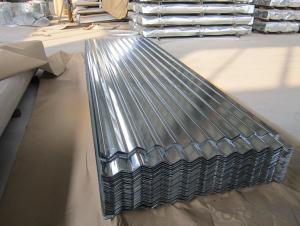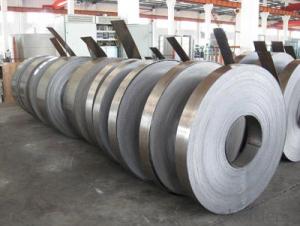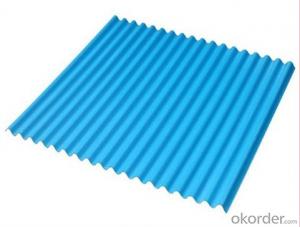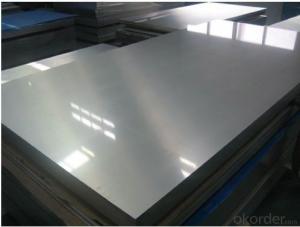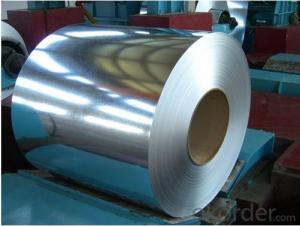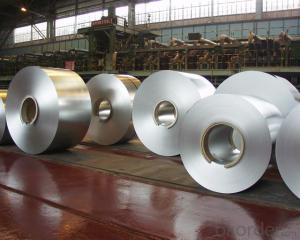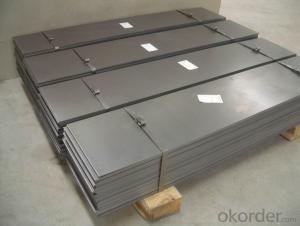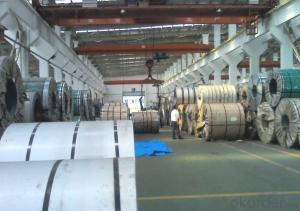The World's Best Rebar From Chines MILL
- Loading Port:
- Tianjin
- Payment Terms:
- TT OR LC
- Min Order Qty:
- 2666 m.t.
- Supply Capability:
- 5000 m.t./month
OKorder Service Pledge
OKorder Financial Service
You Might Also Like
1.Structure of Wire Rod Steel for Construction Description
the wire rod steel for construction that we offer have been used in civil construction work for years.
2.Main Features of the Wire Rod Steel for Construction
fasteners, bolts, rivets, screws,
general purpose wires,
electrode wires, industrial wires, agriculture wires,
bush wires, chain rivet wires,
detonator wire,
Umbrella ribs, upholstery wires, cycle spokes, needle wires, heald wires, staple pin Wire, safety pin wires
ACSR wires, earth wires,
tyre and hose reinforcement wires,
prestressed concrete wire, springs and rope wires,
card clothing wires,
vineyard wires,
ball bearing quality
Automobile parts like screw, fasteners, bush, spline, socket, connecting rod, shaft, gear, rivets, engine shaft, connecting rod, spindles, gears, etc.
3.Wire Rod Steel for Construction Images
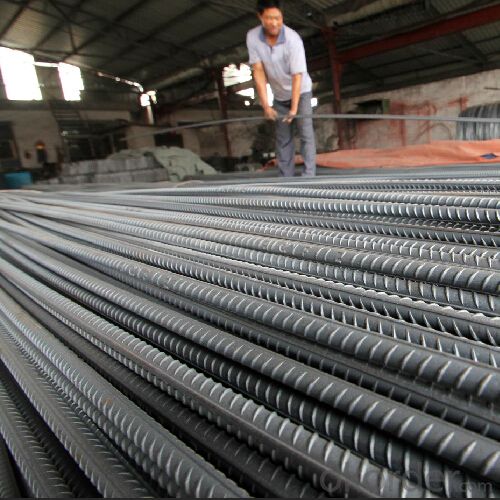


4.Wire Rod Steel for Construction Specification
Grade | Chemical Composition(%) | |||||
C | Mn | Si | S | P | B | |
SAE1006B | 0.03~O.07 | ≤0.32 | ≤0.30 | ≤0.045 | ≤0.040 | >0.0008 |
Mechanical properties | ||||||
Yield strength(N/mm2) | Tensile strength(N/mm2) | Elongation(%) | ||||
250-280 | 350-380 | ≥32 | ||||
Grade | Chemical Composition(%) | |||||
C | Mn | Si | S | P | B | |
SAE1008B | 0.10max | 0.3~O.50 | 0.15max | 0.050max | 0.040 max | 0.0008 min |
Mechanical properties | ||||||
Yield strength(N/mm2) | Tensile strength(N/mm2) | Elongation(%) | ||||
≥195 | 315-430 | ≥30 | ||||
5.FAQ of Wire Rod Steel for Construction
1.What is your minimum order quantity ?
Our MOQ is 500mt .
2.Please tell me the daily output and wire rod mill’s brand ?
Our daily output is 4000mt/day and our rolling mill from Germany’s SMS MEER
3.Which countries are your main sales?
Thanks to the professional international trade team, solid distribution channel and long – term cooperation customers, our market share in overseas realizes a tremendous growth, now we already became a main player in Middle East and South East Asia. Meanwhile, we are also the biggest supplier of Pre-painted galvanized steel coil in Philippines, Saudi Arabia, United Arab Emirates, Iran, Sudan etc.
- Q:How are steel strips tempered for increased hardness?
- Steel strips are tempered for increased hardness through a process known as heat treatment. This involves subjecting the steel strips to controlled heating and cooling cycles to alter their microstructure and strengthen the material. To begin with, the steel strips are heated to a specific temperature, known as the austenitizing temperature. This temperature varies depending on the type of steel and its desired hardness. The strips are held at this temperature for a certain period of time to ensure that the heat is evenly distributed throughout the material. After the austenitizing process, the steel strips are rapidly cooled. This rapid cooling, also known as quenching, is done using different methods such as oil, water, or air. The choice of quenching medium depends on the properties desired for the final product. The rapid cooling causes the steel's microstructure to transform, resulting in a harder material. Following the quenching process, the steel strips are then tempered. Tempering involves reheating the steel to a lower temperature, typically between 300-700 degrees Celsius (572-1292 degrees Fahrenheit), for a specific duration. This step is crucial as it relieves the internal stresses caused by quenching and also further alters the microstructure of the steel. The tempering temperature and duration are carefully selected to achieve the desired hardness and toughness of the steel strips. Higher tempering temperatures result in lower hardness but increased toughness, while lower tempering temperatures lead to higher hardness but reduced toughness. Overall, the process of tempering steel strips for increased hardness involves a combination of controlled heating, rapid cooling through quenching, and subsequent tempering at specific temperatures. This careful manipulation of the steel's microstructure allows for the desired hardness to be achieved, making the steel strips suitable for various applications where strength and durability are required.
- Q:What industries commonly use steel strips?
- The industries that commonly use steel strips include automotive, construction, manufacturing, packaging, and electrical.
- Q:Are steel strips resistant to rust or oxidation?
- Yes, steel strips are resistant to rust or oxidation due to their composition and protective coatings.
- Q:Can steel strips be used in the production of heat exchangers?
- Yes, steel strips can be used in the production of heat exchangers. Steel is a commonly used material in heat exchangers due to its high strength, durability, and excellent thermal conductivity. Steel strips can be formed and welded into various shapes and sizes to create the necessary components of a heat exchanger, such as tubes or fins, which help facilitate the efficient transfer of heat between fluids.
- Q:How are steel strips used in the production of metal balustrades?
- Steel strips are an essential component in the production of metal balustrades. These strips are typically made from high-quality steel, which offers durability and strength. In the manufacturing process, steel strips are used to create the framework or structure of the balustrades. They are cut into specific lengths and shapes, depending on the design requirements. These strips are then welded or fastened together to form the main framework of the balustrades. Steel strips also play a crucial role in providing support and stability to the balustrades. They are often used as upright posts or vertical supports that hold the balustrade panels in place. These strips are securely attached to the ground or the base of the balustrades, ensuring that they can withstand the required load and provide the necessary safety. Moreover, steel strips are used to enhance the aesthetic appeal of the metal balustrades. They can be further processed and treated to achieve a desired finish, such as powder coating or galvanizing, which adds corrosion resistance and improves the overall appearance of the balustrades. Overall, steel strips are a fundamental element in the production of metal balustrades. They provide structural integrity, support, and aesthetic enhancement to the final product, ensuring that the balustrades are not only functional but also visually appealing.
- Q:How are steel strips used in the production of electrical transformers?
- Steel strips are used in the production of electrical transformers as a core material. They provide a low reluctance path for the magnetic flux generated by the transformer, allowing for efficient transfer of electrical energy. The strips are laminated to reduce eddy current losses and improve magnetic properties, resulting in a more reliable and efficient transformer.
- Q:How are steel strips used in the manufacturing of cutlery?
- Steel strips are commonly used in the manufacturing of cutlery as they provide the necessary material for creating sharp and durable knife blades. These strips are typically shaped, tempered, and sharpened to form the blade, ensuring it has the strength and precision needed for cutting and slicing.
- Q:What are the factors that affect the electrical conductivity of steel strips?
- The factors that affect the electrical conductivity of steel strips include the composition of the steel, impurities present, temperature, and the presence of any protective coatings.
- Q:How are steel strips used in the production of razor blades?
- Steel strips are used in the production of razor blades as the base material. These strips are shaped, sharpened, and coated to create the precise and sharp cutting edge required for effective shaving.
- Q:Can steel strips be used for making furniture?
- Indeed, furniture can be crafted using steel strips. In the realm of furniture frames, steel strips find wide application, particularly in contemporary and industrial-style designs. These strips possess remarkable strength, durability, and the ability to bear substantial weights. By manipulating and fusing steel strips, an assortment of furniture items like chairs, tables, and shelves can be fashioned. Moreover, to enhance aesthetics and safeguard against rust and corrosion, steel strips can be coated with powder or painted. All in all, steel strips prove to be an adaptable material that lends itself effectively to the production of furniture.
1. Manufacturer Overview |
|
|---|---|
| Location | |
| Year Established | |
| Annual Output Value | |
| Main Markets | |
| Company Certifications | |
2. Manufacturer Certificates |
|
|---|---|
| a) Certification Name | |
| Range | |
| Reference | |
| Validity Period | |
3. Manufacturer Capability |
|
|---|---|
| a)Trade Capacity | |
| Nearest Port | |
| Export Percentage | |
| No.of Employees in Trade Department | |
| Language Spoken: | |
| b)Factory Information | |
| Factory Size: | |
| No. of Production Lines | |
| Contract Manufacturing | |
| Product Price Range | |
Send your message to us
The World's Best Rebar From Chines MILL
- Loading Port:
- Tianjin
- Payment Terms:
- TT OR LC
- Min Order Qty:
- 2666 m.t.
- Supply Capability:
- 5000 m.t./month
OKorder Service Pledge
OKorder Financial Service
Similar products
New products
Hot products
Hot Searches
Related keywords









